Are you intrigued by the flavor of rum and wondering how this delightful spirit comes to be?
Rum, one of the world’s oldest spirits, is derived from sugarcane, an impressive giant grass that requires nearly two years to mature.
You Are Watching: How Rum Is Made Updated 07/2025
This blog will shed light on the intricate process of rum production – explaining everything from fermentation and distillation to aging in barrels.
Ready for a deep dive into the artistry behind every sip of your favorite cocktail? Let’s venture into the captivating journey of how rum is made!
The Process of Making Rum
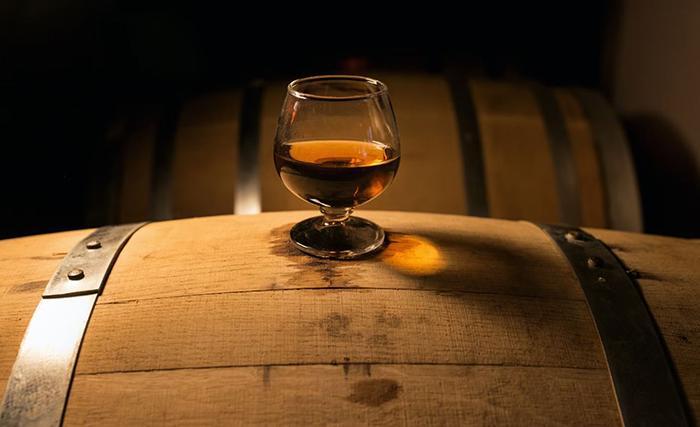
The process of making rum involves harvesting sugarcane, extracting sugar, fermenting the sweet syrup, distilling the liquid, and finally aging and blending it.
Harvesting sugarcane
Sugarcane, the primary ingredient in rum production, has an interesting journey that starts with cultivation. Planted directly into fields for optimal growth, these tall-standing tropical plants require a warm climate and ample rainfall to thrive.
Over time ranging from ten months to two years, the sugarcane matures under sunny skies and natural conditions.
Once ripe and ready for picking, laborers cut down the towering stalks manually or with machinery in larger plantations.
Following this process is a swift transport phase as freshness is key – stale sugarcane can greatly affect the quality of molasses extracted which will eventually influence the taste profile of our beloved rum.
It’s thus evident that harvesting sugarcane forms a significant part of how rum is made.
Extracting sugar
To make rum, one of the essential steps is extracting sugar from sugarcane. Sugarcane, a giant grass that takes between ten months and two years to grow, is the base ingredient for producing this popular liquor.
Distillers use various cane products such as raw cane juice, white or brown cane sugar, cane syrup, evaporated cane sugar, and cane molasses in the process of making rum. These different forms of sugar provide unique flavors and characteristics to the final product.
By extracting molasses from sugarcane or fermenting sugarcane juice directly, distillers are able to create the sweet syrup necessary for fermentation and ultimately turning it into rum.
This step is crucial in capturing the distinct taste profile and aroma that we associate with this beloved spirit.
Fermentation
Fermentation is a crucial step in the process of making rum. It involves converting sugars found in sugarcane juice or molasses into alcohol using yeast.
During this stage, the yeast consumes the sugar, releasing carbon dioxide and alcohol as byproducts.
This process typically takes several days to complete, allowing for the flavors and aromas of rum to develop.
The type of yeast used, along with other factors like temperature and duration, can greatly influence the final taste profile of the rum.
After fermentation is complete, the liquid undergoes distillation to further refine it before aging and blending take place.
Distillation
Distillation is a crucial step in the process of making rum. After fermentation, where yeast converts sugar into alcohol, the liquid undergoes distillation to further concentrate and refine it.
Distillation involves heating the fermented mixture to separate and collect the alcohol vapor, which is then cooled down to create a clear liquid known as rum distillate.
This distillate is usually high in alcohol content and carries the unique flavors and aromas derived from sugarcane or molasses.
The quality of rum can be influenced by factors such as the type of still used for distillation, length of aging, and even the filtration techniques employed.
Read More : What Is Chartreuse Updated 07/2025
These elements contribute to creating unique taste profiles that make each bottle of rum distinct and enjoyable for lovers of this classic spirit.
Aging and blending
After the distillation process, rum is often aged in barrels to enhance its flavor and smoothness. The aging period can range from a few months to several years, depending on the desired taste profile.
During this time, the liquid absorbs flavors from the wood, resulting in a richer and more complex final product.
Additionally, master blenders play a crucial role in rum production by expertly combining different aged rums to create unique blends that offer a balance of flavors.
This careful blending process ensures that each bottle of rum delivers an exceptional drinking experience while maintaining consistency across batches.
So whether you prefer a light and crisp white rum or a robust and full-bodied dark rum, aging and blending are essential steps that contribute to making each sip of rum truly remarkable.
Different Types of Rum
White or clear rum
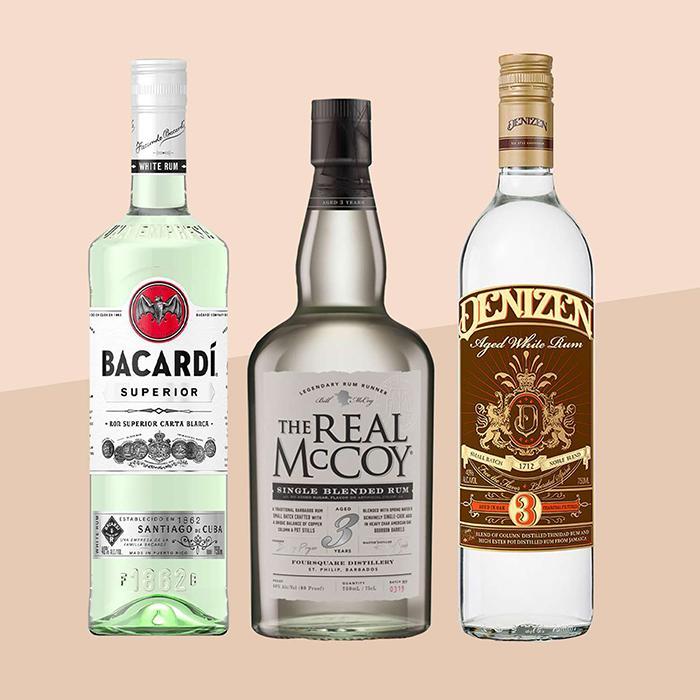
White or clear rum is a type of rum that undergoes a specific distillation process, resulting in its transparent appearance. It is often referred to as “silver” or “light” rum and is known for its versatility in cocktails.
This particular type of rum typically has a milder taste profile compared to other types, making it an excellent base for mixed drinks.
White rum is popularly used in classic cocktails like mojitos and daiquiris due to its clean flavor and ability to complement various fruit flavors.
Its light body allows the flavors of other ingredients to shine through, making it a go-to choice for many cocktail enthusiasts.
Whether you enjoy it on the rocks or mixed into your favorite concoction, white rum offers a refreshing and subtly sweet experience that can elevate any drinking occasion.
Gold or pale rum
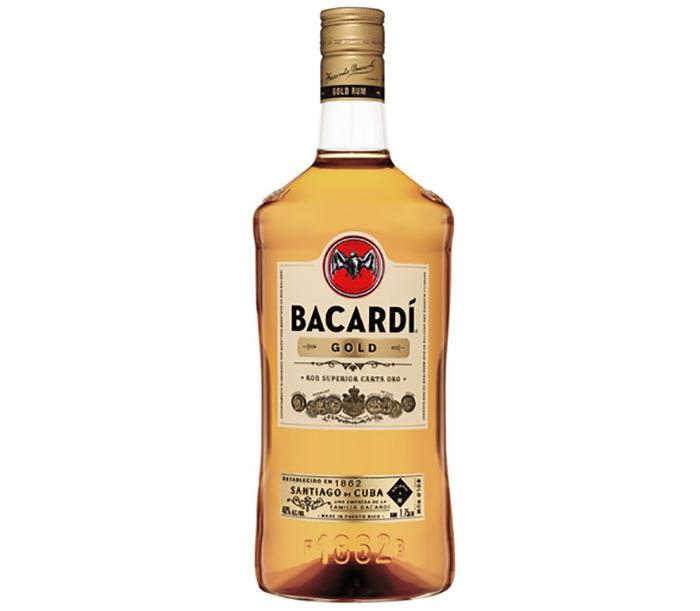
Gold or pale rum is a type of rum that has been aged for a shorter period compared to dark rum. It gets its name from the amber or golden hue it achieves during the aging process.
This type of rum typically offers a smoother and more subtle taste profile compared to white rum.
The flavor profile of gold or pale rum can vary depending on factors such as the type of barrels used for aging and the climate conditions where it was aged, giving each brand its unique characteristics.
Gold or pale rums are often enjoyed straight, on the rocks, or in classic cocktails like mojitos and daiquiris.
They provide a versatile base for mixologists to create delicious concoctions due to their mellow yet flavorful nature.
Dark rum

Dark rum is a type of rum that is known for its rich, bold flavors and deep, mahogany color. It gets its dark hue from the aging process in charred oak barrels, which allows the spirit to absorb more of the barrel’s characteristics.
Dark rum typically has a fuller body and a stronger molasses flavor compared to other types of rum. It is often enjoyed neat or used as an ingredient in cocktails like the classic Mai Tai or Dark ‘n’ Stormy.
With its robust taste profile and distinctive aroma, dark rum offers alcohol enthusiasts a unique drinking experience.
Flavored and spiced rum
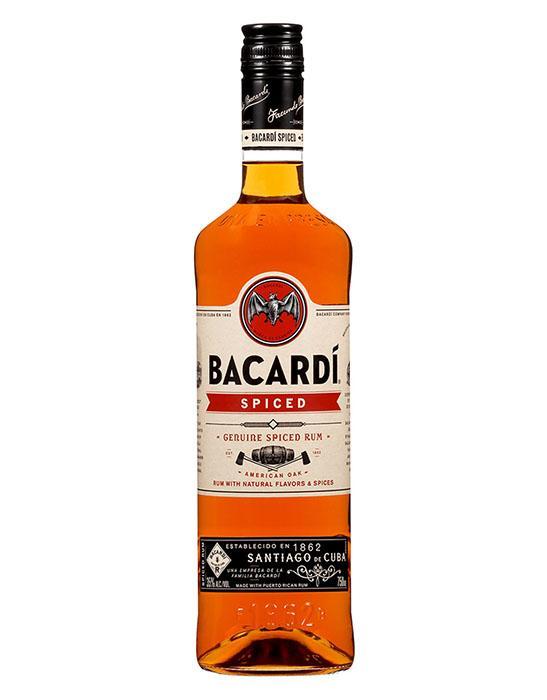
Flavored and spiced rum is a popular variation of this beloved spirit. Distillers infuse additional flavors and spices into the rum during or after the distillation process to create unique taste profiles.
These additives can range from fruits like pineapple or coconut to spices like cinnamon or nutmeg. Flavored and spiced rums are versatile, making them ideal for creating delicious cocktails with a twist.
Read More : Will Tequila Freeze-Is it Safe? Updated 07/2025
Whether you prefer a tropical fruity punch or a warm winter spice, there’s always a flavored or spiced rum out there to suit your taste buds.
So go ahead, explore the world of these exciting variations and indulge in their delightful aromas and flavors!
Factors Affecting the Quality of Rum
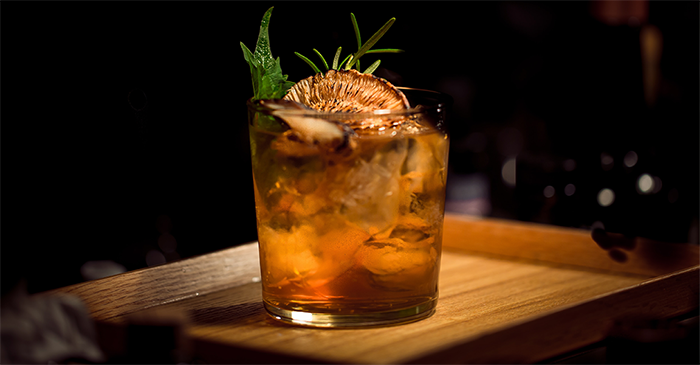
Distillation method
Distillation is a crucial step in the production of rum. After fermentation, the liquid mixture, also known as wash, goes through distillation to separate alcohol from other impurities.
Various distillation methods are used to create different types of rum with distinct flavors and aromas.
Pot stills are commonly employed for traditional rums, while column stills are used for lighter and more neutral varieties. The choice of distillation method greatly influences the character and quality of the final product.
Through careful control of temperature and pressure, skilled distillers extract the desirable compounds from the fermented wash, resulting in smooth and flavorful rum that can be enjoyed neat or blended into delicious cocktails.
Aging process
Rum goes through an important aging process that greatly influences its flavor and quality. After distillation, the clear liquid is placed in oak barrels where it matures over time. The longer rum ages, the more complex and smooth it becomes.
This aging process allows the spirit to absorb flavors from the wood, giving it rich notes of vanilla, caramel, and spices.
The tropical climate in which many rum-producing regions are located also plays a role in aging, as the heat causes rapid expansion and contraction inside the barrels, intensifying flavors.
Some premium rums may age for years or even decades before they are ready to be enjoyed. So next time you sip on a glass of aged rum, know that patience and time have helped create its delightful taste profile.
Terroir
Terroir plays a significant role in the quality and flavor of rum. Just like with wine, terroir refers to the environmental factors that influence the growth of sugarcane, such as soil composition, climate, and altitude.
These factors can impact the taste profile of rum by infusing it with unique characteristics. For example, rum produced in Caribbean islands like Jamaica or Barbados often has a distinct tropical aroma and flavor due to the warm climate and rich volcanic soils.
On the other hand, rums made in cooler regions may have a lighter body and more subtle flavors. The terroir contributes to the complexity and richness of different types of rum available today.
The importance of terroir is not only limited to sugarcane cultivation but also extends to other ingredients used during fermentation and distillation processes. Water, for example, which is crucial for diluting molasses or juice during fermentation can have its own regional variations that impact rum’s overall taste profile.
Whether it’s from natural springs or filtered through limestone caves, water influences the final product’s character significantly.
Filtration techniques
Filtration techniques play a crucial role in determining the quality and smoothness of rum. After the distillation process, rum goes through filtration to remove any impurities or unwanted flavors.
The most common method used is activated carbon filtration, where the rum is passed through layers of activated carbon to absorb and trap any remaining impurities.
This not only helps improve the clarity and appearance of the rum but also enhances its taste profile by removing harsh notes.
Some high-end rums may also undergo additional filtration methods such as chill filtration or membrane filtration for further refinement.
With these advanced techniques, distillers can ensure that every sip of rum delivers a pure and enjoyable drinking experience without compromising on flavor or aroma.
Conclusion
In conclusion, the process of making rum is a fascinating journey from sugarcane to a delicious spirit. It involves harvesting and extracting sugar, followed by fermentation, distillation, aging, and blending.
The different types of rum offer unique taste profiles and aromas. Factors such as the distillation method, aging process, and terroir play a crucial role in determining the quality of rum.
So next time you enjoy a glass of rum, take a moment to appreciate the craftsmanship behind it.
Cheers!
Sources: https://chesbrewco.com
Category: Wine










